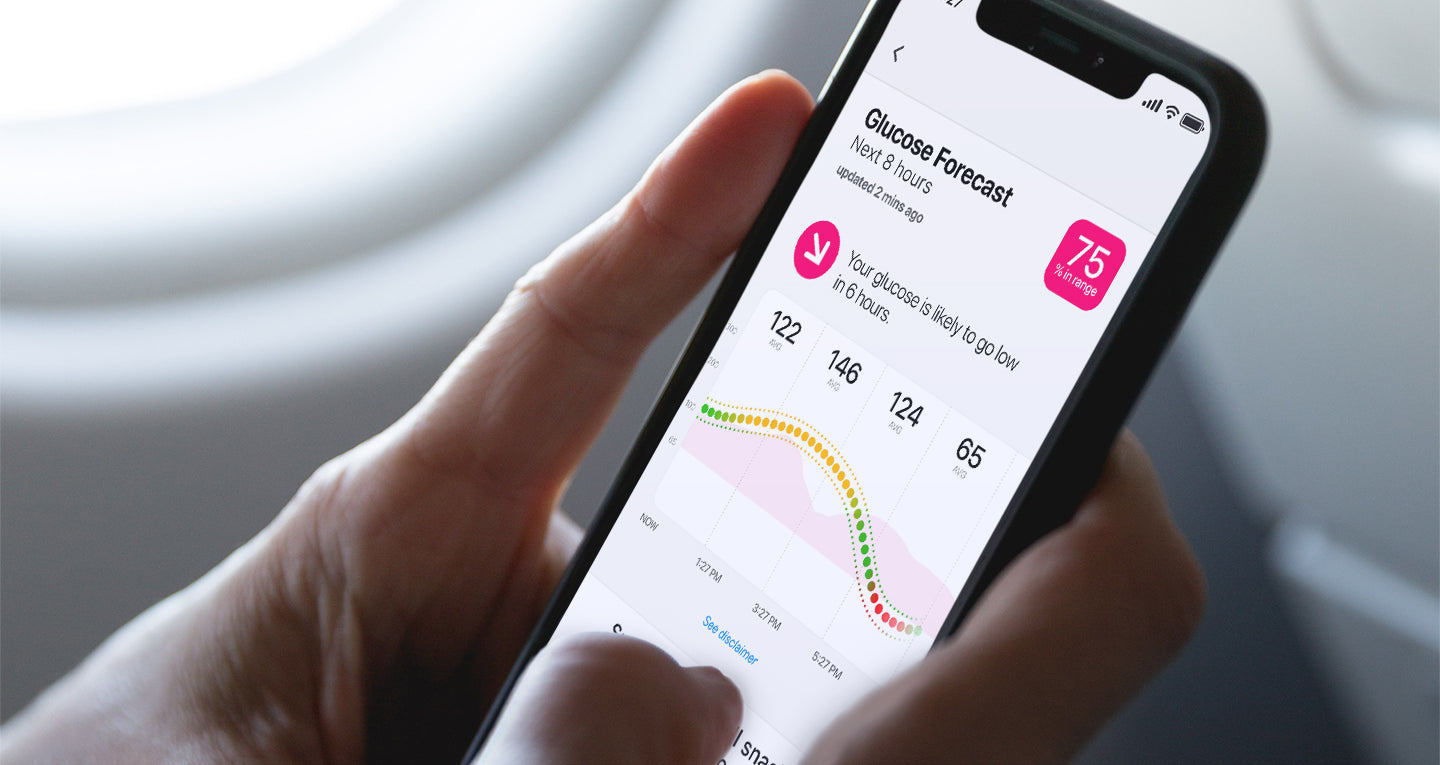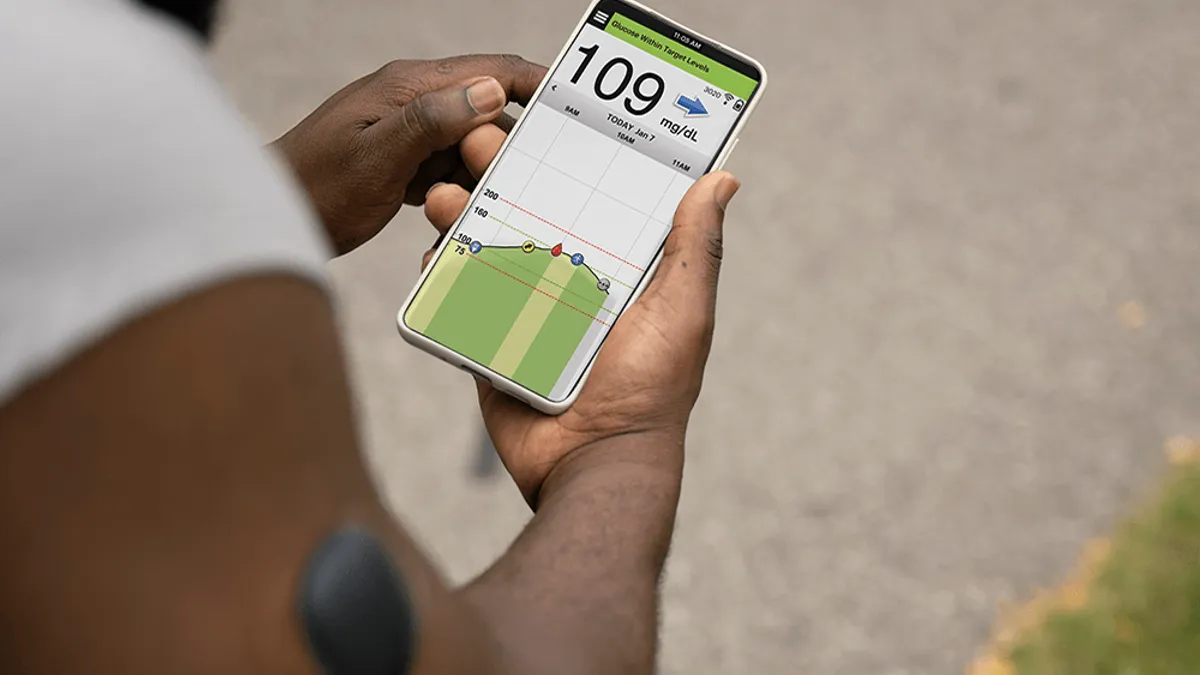The advent of technology in healthcare has revolutionized the way chronic diseases are managed, particularly diabetes management. Continuous Glucose Monitoring (CGM) with AI Integration serves as a transformative solution for individuals living with diabetes, especially those with type 1 diabetes. This innovative approach not only enables real-time data collection on glucose levels but also incorporates sophisticated algorithms powered by artificial intelligence to analyze and predict trends in blood sugar fluctuations. In doing so, it offers users a more intelligent and accurate means of disease control, fundamentally changing the landscape of diabetes care.
Contents
Understanding Continuous Glucose Monitoring Technology

Continuous Glucose Monitoring is a modern approach that uses advanced sensor technology to provide ongoing insights into an individual’s glucose levels. Unlike traditional methods that involve periodic finger-prick tests, CGM devices offer continuous readings throughout the day and night. This section delves into the mechanics of CGM technology, how it functions, and its relevance in managing diabetes effectively.
The Mechanics Behind CGM Systems
Continuous Glucose Monitors consist of a small sensor inserted under the skin, typically in the abdomen, which measures interstitial fluid glucose levels. These sensors send data to a receiver or smartphone app every few minutes, providing a dynamic picture of blood sugar levels over time.
As users go about their day, they can see real-time changes in glucose levels, allowing for timely interventions when levels reach critical thresholds. This proactive monitoring helps prevent both hyperglycemia and hypoglycemia, conditions that can have serious health implications if left unchecked.
The Role of Real-Time Data in Diabetes Management
Real-time data is invaluable for individuals managing diabetes. With CGM systems, patients can identify patterns in their glucose levels related to food intake, exercise, stress, and other factors. The ability to track these variations provides deeper insights than traditional monitoring methods, enabling users to make informed decisions regarding their diet and activity levels.
Moreover, real-time alerts notify users of impending highs or lows, allowing them to correct issues before they escalate into medical emergencies. Such immediacy is essential for maintaining optimal blood glucose levels and minimizing complications associated with diabetes.
Advantages Over Traditional Monitoring Methods
CGM technology significantly outperforms conventional blood glucose monitoring methods. One of the key advantages is the reduction of finger-pricking, which can be painful and inconvenient. Additionally, CGM offers comprehensive data—users can view historical trends, compare daily fluctuations, and analyze how specific behaviors influence their glucose levels.
The integration of mobile applications further enhances user experience. Users can access their glucose data through apps that often include educational resources, dietary suggestions, and reminders for insulin administration. This holistic approach fosters better self-management of diabetes, empowering individuals to take control of their health.
The Intersection of AI and CGM

BUY NOW
The integration of artificial intelligence into CGM technology marks a significant advancement in diabetes management. AI enhances the capabilities of CGM systems by processing vast amounts of data, identifying patterns, and offering predictive analytics. This intersection brings forth several enhancements in how diabetes is monitored and managed.
Predictive Analytics: The Future of Glucose Management
AI-driven algorithms can predict future glucose levels based on historical data. By employing machine learning techniques, these algorithms analyze patterns in an individual’s glucose fluctuations and subsequently forecast future changes.
This predictive capability is akin to having a personal coach who not only monitors performance in real-time but also anticipates potential setbacks, allowing users to proactively manage their condition. For instance, if a user tends to experience low blood sugar after a particular meal, the AI can prompt them to adjust their insulin dosage or carbohydrate intake accordingly.
Personalized Insights for Improved Decision-Making
AI’s ability to generate personalized insights transforms diabetes management from a one-size-fits-all approach to a tailored regimen. By considering various factors like individual metabolic rates, lifestyle choices, and historical data, AI can recommend customized strategies for optimizing glucose control.
For example, AI can analyze how different foods impact a user’s blood sugar response, suggesting meal plans that minimize spikes and troughs. Personalization extends to insulin recommendations, where AI suggests adjustments to dosages based on real-time data, reducing the likelihood of adverse effects.
Enhancing User Engagement Through Gamification
Incorporating gamification elements into AI-driven CGM systems can enhance user engagement and motivation. Features such as challenges, rewards, and social sharing options can encourage users to participate actively in their diabetes management.
By transforming a potentially monotonous routine into an engaging experience, individuals may find themselves more committed to maintaining healthy behaviors. Gamified elements can foster a sense of community among users, providing emotional support and accountability through shared experiences and collective goals.
Addressing Challenges in AI-Integrated CGM Systems

While the integration of AI into CGM technology presents numerous opportunities, it also brings forth certain challenges that must be addressed. Ensuring safety, user acceptance, and ethical considerations are paramount in the successful implementation of these technologies.
Safety and Reliability Concerns
As with any medical device, safety is a primary concern. AI algorithms must undergo rigorous testing to ensure they produce accurate predictions and recommendations. Misinterpretation of data could lead to inappropriate insulin dosing or dietary choices, resulting in dangerous health consequences.
Manufacturers and developers bear the responsibility of implementing robust security measures to protect user data. As the integration of AI relies heavily on personal health information, safeguarding this sensitive data is crucial for building trust among users.
Ethical Considerations and Data Privacy
Ethical issues surrounding data privacy and consent come to the forefront with AI-driven CGM systems. Users must understand how their data will be used, stored, and shared, ensuring they feel secure in leveraging these technologies.
Transparency in data usage policies and clear communication about potential risks are essential. Users should have agency over their data while being empowered to make informed decisions regarding participation in data-sharing initiatives that aim to advance research and improve diabetes care.
Fostering Acceptance Among Stakeholders
Widespread acceptance of AI-integrated CGM systems requires buy-in from various stakeholders, including healthcare providers, patients, and insurers. Education plays a vital role in demystifying these technologies, emphasizing their benefits and addressing concerns.
Healthcare professionals need training on how to interpret data generated by AI systems to provide effective guidance to patients. Collaborative efforts between technology developers and medical experts can help bridge the gap between innovation and practical application.
The Future of CGM with AI Integration

The trajectory of Continuous Glucose Monitoring with AI Integration is promising, heralding a new era in diabetes management. As technology continues to evolve, it holds the potential to reshape how patients interact with their health.
A Shift Toward Preventive Care
Incorporating AI into CGM systems may shift the paradigm from reactive to preventive care. By leveraging predictive analytics, healthcare providers can intervene early, preventing complications before they arise. This shift aligns with the broader trend in healthcare focusing on prevention and wellness rather than solely treating illness.
With access to comprehensive data and insights, patients can work collaboratively with their healthcare teams to formulate strategies that prioritize long-term health outcomes. Enhanced communication between patients and providers facilitates a more integrated approach to diabetes management.
Advances in Machine Learning and Big Data
The field of AI is constantly evolving, with advances in machine learning and big data analysis opening up new possibilities for CGM systems. The ability to process and analyze vast amounts of information will empower AI to provide increasingly accurate and insightful recommendations.
Future developments may include integrating CGM data with other health metrics, such as physical activity, sleep patterns, and stress levels, creating a holistic view of a patient’s well-being. This interconnectedness will enable targeted interventions that address multiple aspects of health.
Collaboration Between Tech and Healthcare Sectors
The future success of AI-integrated CGM lies in collaboration between technology innovators and healthcare professionals. Interdisciplinary partnerships can drive research and development, ensuring that emerging technologies align with clinical needs and patient preferences.
Innovative solutions require input from patients, who must be at the center of the design process. User feedback can guide improvements and features that resonate with individuals’ lived experiences, ensuring that the technology meets real-world needs.
Conclusion
The integration of Continuous Glucose Monitoring with AI represents a groundbreaking advancement in diabetes management, offering unprecedented opportunities for improved self-care and proactive health management. This synergy between cutting-edge technology and healthcare empowers individuals to make informed decisions about their health, ultimately enhancing their quality of life.
As we move forward, addressing challenges such as safety, ethics, and stakeholder acceptance will be critical to unlocking the full potential of these innovations. By fostering collaboration between tech developers, healthcare providers, and patients, we can create a future where diabetes management is not just reactive but truly empowering.
Ultimately, the combination of CGM and AI has the capacity to redefine how diabetes is monitored and managed, paving the way for smarter, personalized healthcare solutions that benefit not only individuals living with diabetes but also the broader healthcare ecosystem.





